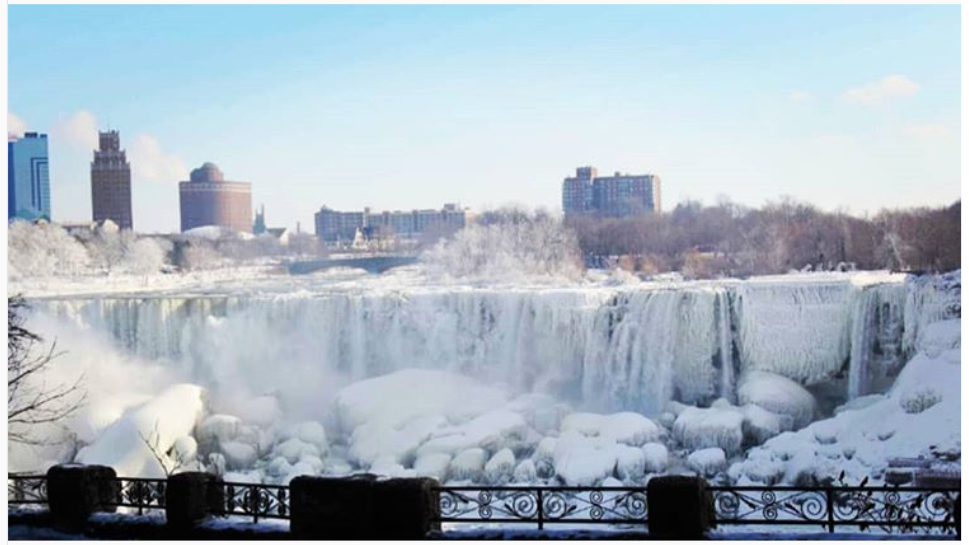
Figure i. Animation of observed 10 mb geopotential heights (contours) and geopotential height anomalies (m; shading) for 15 December 2018 – 18 January 2019. Source: Dr. Judah Cohen
Excerpts from AER Arctic Oscillation blog by Judah Cohen, January 21, 2019 in italics with my bolds.
There is increasing confidence that the stratosphere and troposphere are going to couple by any accepted metric. The GFS forecast clearly shows downward propagation of positive polar cap geopotential height anomalies from the stratosphere to the troposphere, the surface AO is predicted to turn decisively negative and high latitude blocking is the norm rather than exception over the next two weeks. Also, warm temperatures are predicted across the North American Arctic including Alaska and Greenland. Therefore, relatively cold temperatures are expected to be widespread across the Northern Hemisphere (NH) including Northern Asia, Northern Europe and Eastern North America. Relatively warm temperatures are also expected in the Barents-Kara seas, the region of the Arctic with the greatest negative sea ice extent anomalies. I would expect the relatively cold pattern to last at a minimum of four weeks and up to eight weeks.
There is some question based on the latest model runs how long the relatively cold pattern will persist. Of course, there is the possibility that after a relatively cold couple of weeks the pattern turns overall milder pattern for the remainder of the winter. But as I have discussed many times the coupling from the stratosphere to the troposphere is described as "dripping paint." That is because the downward propagation or coupling doesn't come at once but in pieces. Therefore, the turn to colder and possibly snowier conditions are often episodic and not continuous. So, if there is a transition to milder weather it would be a relaxation of the overall colder pattern and not a complete reversal. I would just add that this has been an extreme event in the stratosphere and sometimes an extreme event in the stratosphere does not translate into an extreme event in the troposphere and that could be true for this event as well.
With the help of my colleague Karl Pfeiffer I created an animation of the ongoing PV disruption from mid -December through last Friday shown in Figure i. Some readers have stated in the past that they enjoy the animations and here is an extended version. Maybe they are not much more than bubble game for the brain, but I am always fascinated by PV splits.

The predicted NH temperature pattern is classic negative AO with cold temperature widespread across northern Eurasia including Europe and eastern North America. And unlike recent winters, temperatures are not relatively mild across the pan-Arctic but locally in Alaska and Greenland, again classic mild locations during negative AO regimes. I do think that the warm Arctic/cold continents pattern is distinct from the negative AO pattern as argued in Cohen et al. 2018. In my opinion the upcoming predicted NH temperature pattern projects more strongly onto the negative AO than the warm Arctic/cold continents pattern. One distinction in my mind is the continuous stripe of cold temperatures along the Eurasian north slope or the land areas adjacent to the Arctic ocean, they are solidly below normal in the negative AO pattern but mild in the warm Arctic/cold continents pattern. Also, as I argued in an earlier blog the timing of the troposphere-stratosphere coupling nicely matches the timing expected based on extensive October Siberian snow cover extent. Waiting for the remainder of the winter before passing judgement but so far this winter the relationship is strong.
Currently the stratospheric PV remains split into two pieces or daughter vortices. The major daughter vortex is now centered over Hudson Bay and a minor daughter vortex is centered over the Urals with ridging centered near the North Pole (Figure 12). The daughter vortex over the Urals is predicted to drift west across Siberia and fill with time while the other daughter vortex over Hudson Bay remains nearly stationary. However, the anomalous warmth in the polar stratosphere is gone and is a sign that the stratospheric PV is recovering. The cold temperatures in the stratosphere are focused in Siberia and western North America and could be a sign where the coldest temperatures at the surface may be focused as well during the month of February, something to watch.
from Climate Change Skeptic Blogs via hj on Inoreader http://bit.ly/2RLVR6G


No comments:
Post a Comment